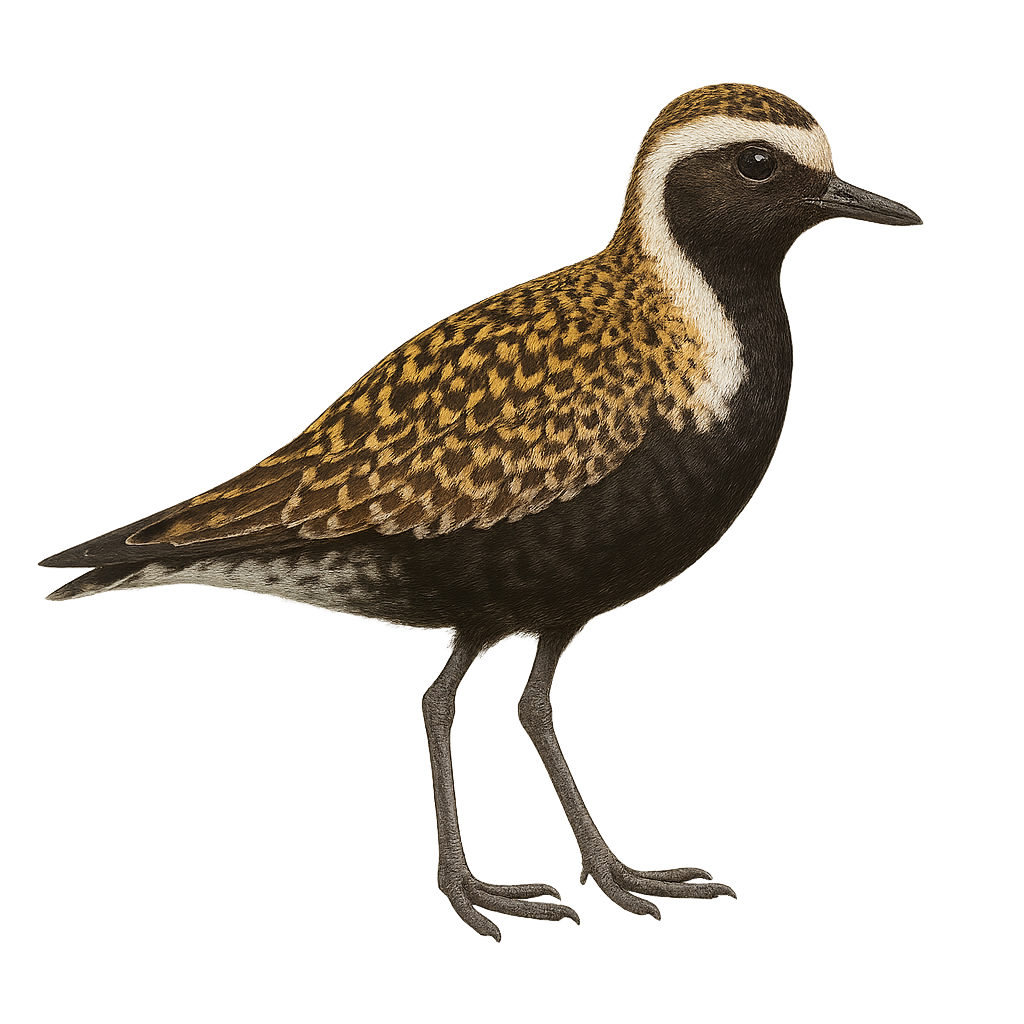Your wildlife photography guide.
Explore the pacific golden plover in detail, study its behavior, prepare your shots.
Where to observe and photograph the pacific golden plover in the wild
Learn where and when to spot the pacific golden plover in the wild, how to identify the species based on distinctive features, and what natural environments it inhabits. The WildlifePhotographer app offers tailored photography tips that reflect the pacific golden plover’s behavior, helping you capture better wildlife images. Explore the full species profile for key information including description, habitat, active periods, and approach techniques.
Pacific Golden Plover
Scientific name: Pluvialis fulva

IUCN Status: Least Concern
Family: CHARADRIIDAE
Group: Birds
Sensitivity to human approach: Suspicious
Minimum approach distance: 10 m
Courtship display: May to June
Incubation: 25-27 jours
Hatchings: June to July
Habitat:
Coastal areas, grasslands, marshes
Activity period :
Primarily active during the day, with peak activity in the morning and late afternoon.
Identification and description:
The Pacific Golden Plover, or Pluvialis fulva, is a medium-sized migratory bird belonging to the Charadriidae family. It is known for its striking golden and black plumage during the breeding season, which becomes duller outside this period, aiding in camouflage in open habitats. This bird is primarily found in coastal areas, grasslands, and marshes. A long-distance migrant, it travels thousands of kilometers between its breeding grounds in Siberia and its wintering areas in Oceania and Southeast Asia. Its diet mainly consists of insects, crustaceans, and small invertebrates.
Recommended lens:
400mm – adjust based on distance, desired framing (portrait or habitat), and approach conditions.
Photography tips:
To photograph the Pacific Golden Plover, opt for the golden hours of morning or evening when the light is soft and enhances the golden hues of its plumage. Use a telephoto lens of at least 400mm to capture precise details from a distance without disturbing the bird. Patience and discretion are key: approach slowly and remain still to observe its natural behavior. Favor open environments like beaches or grasslands for successful shots.
The WildlifePhotographer App is coming soon!
Be the first to explore the best nature spots, track rutting seasons, log your observations, and observe more wildlife.
Already 1 439 wildlife lovers subscribed worldwide

